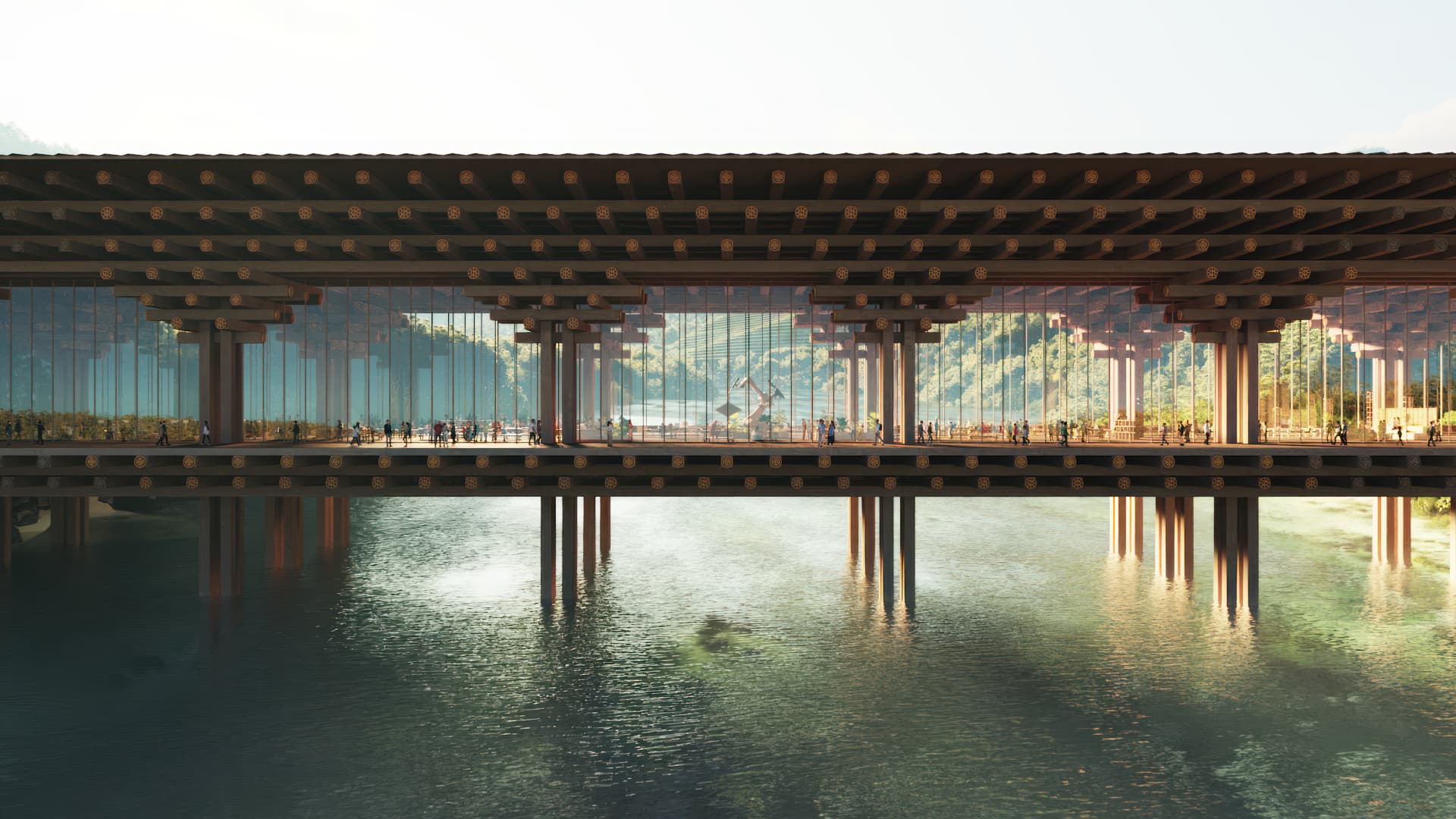The kingdom of Bhutan is planning a “mindfulness city” that, if built, will cover some 2.5% of the country — an area larger than Singapore.
Plans show the 1,000-square-kilometer city will be built near the town of Gelephu, along Bhutan’s southern border with India.
“Gelephu Mindfulness City,” as it’s called in the project’s masterplan, will serve as an economic hub and gateway for tourists to the rest of the country, according to a press release published in late January.
Bhutan’s King Jigme Khesar Namgyel Wangchuck said in December that the country is “not trapped by legacy and can innovate swiftly to implement plans that other countries might hesitate to pursue,” according to the press release.
Gelephu is an important border crossing for Indian travelers. However, most other international visitors fly into Paro International Airport, near Bhutan’s largest city and capital, Thimphu, which is some 26 square kilometers in size.
Like Saudi Arabia’s planned linear city, called The Line, Gelephu Mindfulness City rethinks how modern cities look, function and serve the needs of residents.
Gelephu’s masterplan
The masterplan for “Gelephu Mindfulness City” shows a low- to-mid-rise metropolis built around a series of inhabitable bridges.
Each bridge will “house” key features of the city: a new international airport, a university, a health-care facility for Eastern and Western medicine, a hydroponic greenhouse, a cultural center, a spiritual center, a market for local goods and a hydroelectric dam, according to the plan.
The Sankosh Temple-Dam will have staircases that lead to an elevated temple, which Bjarke Ingels, founder and creative director of the Bjarke Ingels Group, likened to ”a 21st century Tiger’s Nest,” referencing Bhutan’s most famous landmark.
The planned city will have eleven “ribbonlike neighborhoods” that incorporate the area’s 35 rivers and streams. Neighborhoods will be designed like mandalas, with repeated patterns organized around a central public space, according to Bjarke Ingels Group’s website.
To protect against flooding, paddy fields will be built along the rivers, “forming urban terraces that cascade down from the hills to the valley,” it states. “These will further function as biodiversity corridors for local flora and fauna, leaving the migratory routes of elephants and other wildlife undisturbed.”
A ‘wellbeing’ city
The city, which will operate in a special administrative region in southern Bhutan, will be based on Bhutan’s famed Gross National Happiness philosophy, according to the press release.
“Mindfulness City is unique for … prioritising not only economic development but personal wellbeing for every resident,” it states.
Construction of a new international airport and a dry port have already started. However, there is no set completion date for the project as it will depend on how “business developments progress,” media representatives told CNBC.
“The Mindfulness City SAR is a long-term project which will continue to grow and develop over years to come,” according to the MCC Media.
